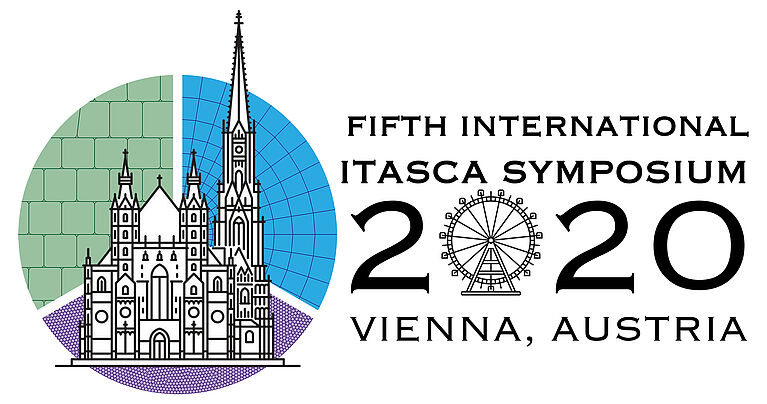Workshops
Monday, February 17
Conventional tunneling using FLAC3D
8:30 am – 12:00 pm | Seminar Room 2
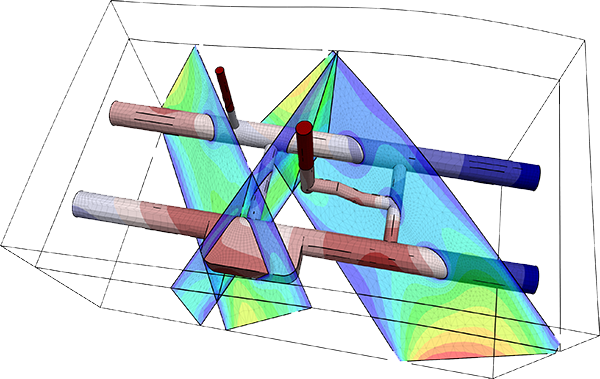
Instructor(s): Marco Camuso, Pedro Velasco, and Montse Senis
The training is focused on conventional tunneling using FLAC3D Version 7. The workshop will describe recommended procedures for tunnel modeling including 2D versus 3D analysis, mesh generation tools, simulation of different support systems, consideration of water, the latest constitutive models and the post-processing of the model results. Instruction will be delivered mostly through the working of practical examples. Previous experience with FLAC3D is beneficial but not essential.
Microseismic monitoring and modeling
8:30 am – 12:00 pm | Seminar Room 3
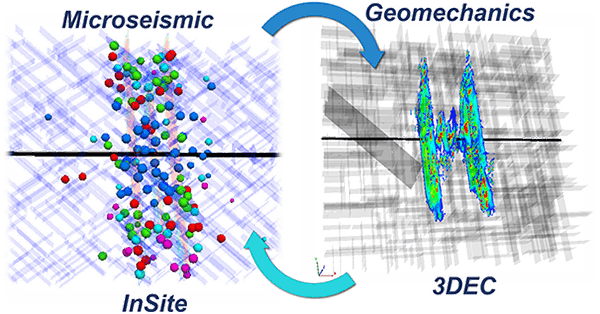
Instructor(s): Matthew Purvance (ICG) and Juan Reyes-Montes
This workshop will explore microseismic monitoring, processing and interpretation using InSite software. Simulation and visualization of seismicity in Itasca geomechanics software (PFC, 3DEC, and FLAC3D) will then be discussed. Examples will be shown of excavation induced seismicity (mining and nuclear waste disposal), hydraulic fracture induced seismicity, and laboratory-scale acoustic emission experiments. No previous experience with any Itasca software is necessary.
Dynamic modeling in FLAC and FLAC3D
1:30 am – 5:00 pm | Seminar Room 2
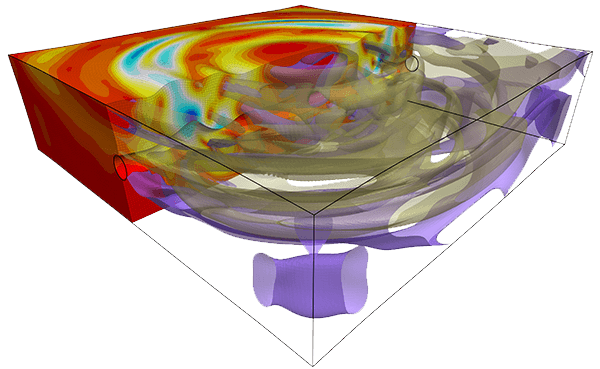
Instructor(s): Augusto Lucarelli and Varun
This workshop will cover the basics of dynamic modelling in FLAC and FLAC3D, including wave propagation, damping, boundary conditions and signal processing. Discussion will focus on simulation of liquefaction and the new P2P-Sand and NorSand constitutive models. Practical examples will be shown and discussed. Prior experience with FLAC or FLAC3D is beneficial but not required.
Applications of the Particle Flow Code (PFC) in Structural Geology
1:30 am – 5:00 pm | Seminar Room 3
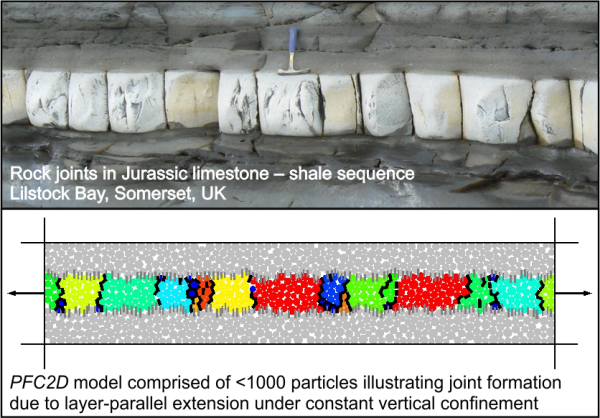
Instructor(s): Martin Schöpfer
In this workshop Martin Schöpfer, a geologist with almost 20 years of experience in the usage of PFC, illustrates how the Distinct Element Method (DEM) can be utilized to address geomechanical problems in Structural Geology. The attendees will learn how PFC2D can be used to model a selection of structures, such as rock joints and tectonic faults. Attendees will be provided with the PFC data files and are encouraged to bring a laptop with the latest version of PFC installed (all examples use a maximum of 1000 particles). This workshop is not a PFC training course (prior knowledge of PFC is beneficial, but not essential); it is expected however that hands-on experience with the DEM will provide a better understanding of the mechanical genesis of rock structures.
